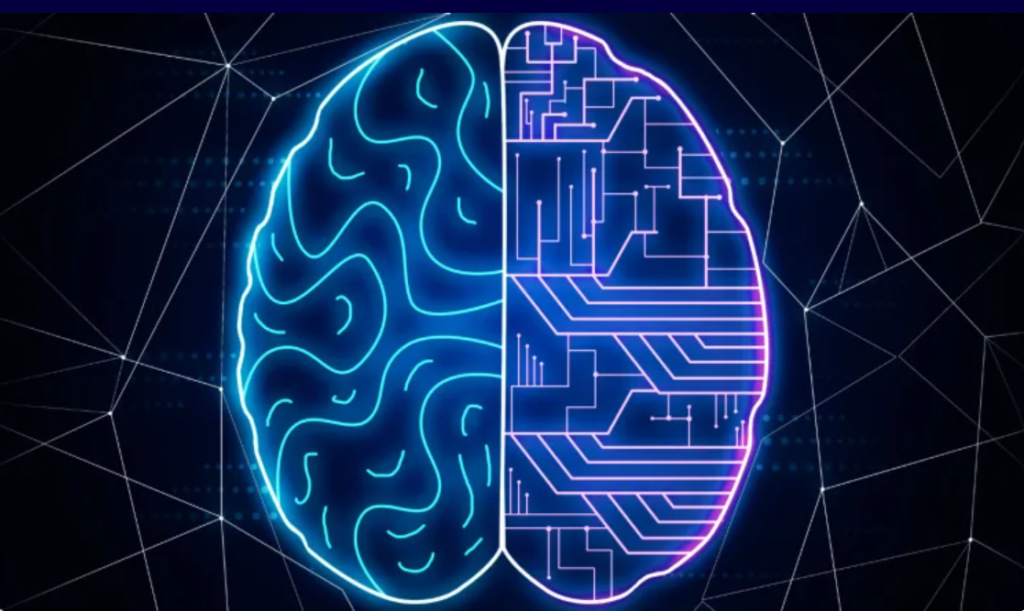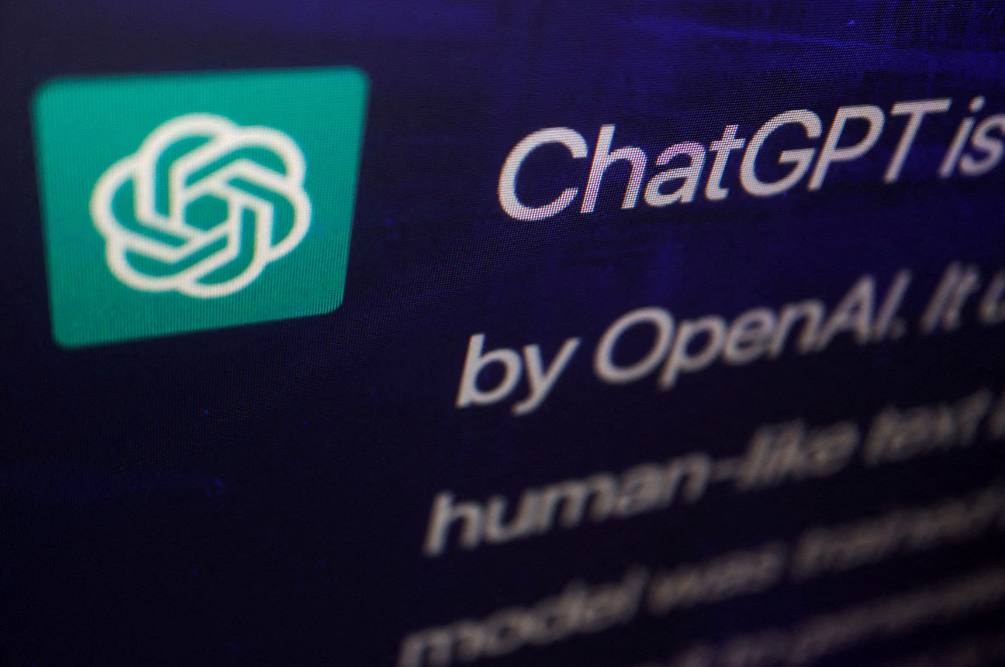Machine learning is at the helm of social media, self-driving cars and more daily applications.
Machine learning, in which a computer simulates human thinking by using data models to recognize patterns and make predictions, is being applied in nearly every industry.
Indeed, machine learning examples are numerous, and they can be found in fields ranging from healthcare and banking to marketing and sports. The list of machine learning applications below will give you an idea of how the technology is used on a daily basis.
MACHINE LEARNING APPLICATIONS TO KNOW
- Social media personalization.
- Image recognition.
- Business intelligence optimization.
- TV, movie and video recommendations.
- Healthcare personalization.
Machine Learning and Image Recognition
Apple
Face ID authentication by Apple utilizes machine learning to carry out image recognition and unlock mobile devices. Apple’s biometric technology is powered by Vision, a deep learning framework which is able to detect the features of users’ faces and quickly match them to previous device records. The Vision framework can also be used to detect barcodes, text and landmarks through device cameras.
Microsoft
Microsoft’s Azure, a cloud platform of over 200 services, is utilizing its machine learning and DevOps features to fight against animal extinction in the Wild Me project. The Wild Me open-source platforms help researchers track, document and conduct analyses on wildlife population data based on animal photographs, overall accelerating research endeavors that may be understaffed or underfunded.
Waymo
Waymo’s self-driving vehicles use machine learning sensors to crunch surrounding environment data in real time and help guide vehicle responses when faced with various situations, from a red light to a human walking across the crosswalk.
Yelp
Online reviews site Yelp relies on machine learning to sort through tens of millions of photos users upload to its site and then uses the technology to group them into various categories, such as, food, menus, inside the establishment or outside photos.
Amazon Web Services
Amazon’s cloud service AWS provides Amazon Rekognition, which uses machine learning to automatically identify objects, people, text, and activities in both images and videos. AWS also offers free machine learning services and products to help developers and data scientists build, train and deploy customized machine learning models.
Blue River Technology
Blue River Technology, an agriculture tech company, grafts together machine learning and computer vision to differentiate between crops and weeds, as well as achieve proper spacing between plants. The company’s See & Spray rig targets specific plants and sprays them with herbicide or fertilizer.
Machine Learning and Speech Recognition
Duolingo
Duolingo, the language learning app, incorporates machine learning-based speech recognition to gauge a user’s spoken language skills. The closer a user’s pronunciation is to native speaker data stored in Duolingo’s system, the higher the user will be scored during speaking and conversational lessons.
Google
Google Translate can detect and switch between languages seamlessly, thanks to the Google Neural Machine Translation (GNMT) system, which is powered by machine learning and recurrent neural network technology.
Using language datasets, the GNMT system can train models how to input, output and compare words and phrases between languages, making translation faster and more accurate over time. Google is continuing to use this technology to allow feats like text translation from images and under-resourced language translation.
Etsy
Etsy, whose online marketplace platform for users to buy and sell products, applies machine learning to personalize the shopping experience, providing customized product recommendations and ads based on previous purchases or product searches.
PathAI
A provider of AI-powered technology for pathology research, PathAI helps healthcare professionals measure the accuracy of diagnoses and the efficacy of complex diseases. Using predictive machine learning, the company’s technology can be used to make medicinal solutions more accurate, reproducible and personalized based on patient history.
Fit Analytics
Fit Analytics, which helps consumers find the right sized clothes, uses machine learning to make recommendations on the best-fit styles. It also uses the technology to assist brands in gaining insights into their customers from popular styles to average customer measurements.
Netflix
In a process called collaborative filtering, Netflix uses machine learning to analyze the viewing habits of its millions of customers to make predictions on which media viewers may also enjoy. Recommendations are based on those predictions and determine what shows, movies and videos will display on the homepage and watch-next reel of each user.
NIQ
NielsenIQ’s Label Insight platform manages a gargantuan database of product nutrients, product ingredients and product claims. Its product metadata platform uses machine learning to give a personalized view of each food product, such as ingredients, suppliers, and supply chain history, which helps customers decide whether to purchase an item.
Twitter
Social media giant Twitter relies on machine learning to prioritize tweets that are the most relevant to every user. Twitter’s machine learning ranks tweets with a relevance score based on what you engage with the most and other metrics. High-ranking tweets based on similar engaged posts are placed at the top of feeds, so users are more likely to see them.
Quora
Quora, a social media question and answer website, uses machine learning to determine which answers are pertinent to your personal search queries. The company ranks answers based on results from its machine learning, such as thoroughness, truthfulness and reusability, when seeking to give the best response to a question.
Machine Learning and Finance
Capital One
Financial institution Capital One uses machine learning to detect, diagnose and remediate anomalous app behavior in real time. It also uses the technology as part of its anti-money laundering and fraud tactics to adapt quickly to changes in criminals’ behaviors.
Deserve
Deserve, a fintech company that lets institutions build and launch their own credit card and cryptocurrency programs, uses machine learning for its security, event management and compliance features. On personal platforms, the security feature analyzes event logs to detect user account patterns and quickly alert of any abnormalities.
Trading Technologies
Trading Technologies, a futures trading platform, uses machine learning to track analytics and identify trading behavior that could result in regulatory inquiries.
Machine Learning and Business
McDonald’s Global Technology
Tech is big at McDonald’s, which has been working to develop applications for new technology in the food and beverage industry. The company continues to push the boundaries of how AI and machine learning can optimize the process of making and serving food, using machine learning to automate order taking and to predict what menu items will sell the best at drive-thru windows.
Yieldmo
Adtech company Yieldmo offers the Yieldmo Smart Exchange: a “global omnichannel exchange” for ad content. Different ad buyers have different KPIs, and Yieldmo’s predictive analytics are geared toward curating ad inventory to serve specific performance indicators. The exchange uses machine learning to analyze contextual ad data and pair ad publishers and buyers, with the goal of maximizing monetization and performance according to ad spend.
RS21
RS21 is a mission-driven data company that collects and analyzes information to create data-driven recommendations for clients in the healthcare, government and space infrastructure domains. Its main offering is the proprietary AI engine MOTHR, which serves as a replacement for data platforms that are challenging to scale. MOTHR’s comprehensive AI product development system includes a data warehouse and lakes, an AI solution library and apps for data visualization and projection.
Civis Analytics
Data analytics company Civis Analytics helps businesses make informed decisions. AI-powered business predictions and analytics are developed to give companies insights about how to identify, attract and engage their customers best.
ASOS
Fashion retailer ASOS uses machine learning to determine the customer lifetime value (CLTV). This metric estimates the net profit a business receives from a specific customer over time. Machine learning aids ASOS in determining which customers are likely to continue buying its products and which customers are likely to have low CLTV, which in turn could affect ASOS offering them free shipping or other promotions.
HubSpot
Marketing, sales and service business software provider HubSpot uses machine learning in a number of ways. It gives content marketers insight into what search engineers associate their content with to assigning predictive lead scores for sales teams to use when assessing which customers are ready to purchase their products.











